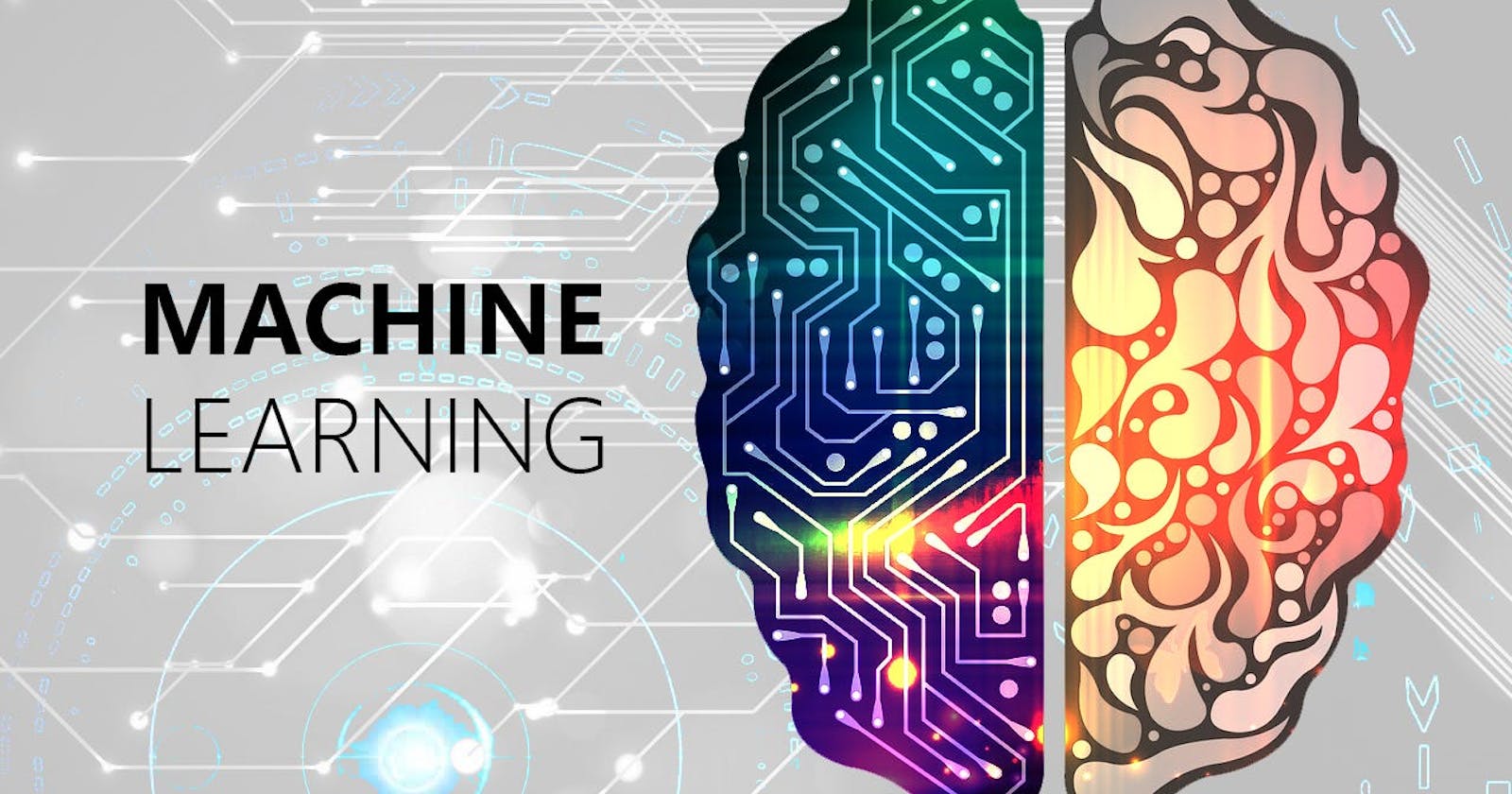Demystifying Machine Learning: Understanding Concepts and Real-World Examples
Harnessing the Power of Machine Learning: From Data to Insights
Introduction:
Machine Learning (ML) is a subset of artificial intelligence that enables computers to learn and make predictions or decisions without being explicitly programmed. With its ability to analyze vast amounts of data, ML has revolutionized various industries, from healthcare to finance and beyond. In this article, we will explore the fundamental concepts of machine learning and provide real-world examples to illustrate its practical applications.
Understanding Machine Learning:
Machine learning algorithms learn from data, identify patterns, and make predictions or take actions based on that knowledge. There are three main types of machine learning:
Supervised Learning: Supervised learning involves training a model using labeled data, where the desired output is known. The model learns from the input-output pairs and makes predictions on new, unseen data. Examples include image classification, spam detection, and sentiment analysis.
Unsupervised Learning: Unsupervised learning deals with unlabeled data, where the goal is to find patterns or structures within the data. Clustering algorithms, dimensionality reduction, and anomaly detection are common applications of unsupervised learning.
Reinforcement Learning: Reinforcement learning involves training an agent to interact with an environment and learn optimal actions through trial and error. The agent receives rewards or penalties based on its actions, guiding it towards achieving a specific goal. This type of learning is often used in robotics, game-playing, and optimization problems.
Machine Learning Process:
The machine learning process typically involves the following steps:
Data Collection and Preparation: Collecting relevant and high-quality data is crucial. This involves identifying data sources, cleaning and preprocessing the data, and splitting it into training and testing sets.
Model Selection and Training: Selecting the appropriate ML algorithm or model architecture depends on the problem at hand. Common algorithms include linear regression, decision trees, support vector machines (SVM), and deep neural networks. The model is trained using the training data to learn patterns and make predictions.
Evaluation and Fine-Tuning: The trained model is evaluated using the testing data to assess its performance. Various metrics, such as accuracy, precision, recall, and F1-score, can be used to measure the model's effectiveness. Fine-tuning techniques, such as hyperparameter tuning, can be applied to optimize the model's performance.
Deployment and Monitoring: Once the model is deemed satisfactory, it can be deployed to make predictions on new, real-world data. Continuous monitoring and retraining may be necessary to adapt to changing conditions and ensure the model's accuracy and reliability.
Real-World Examples of Machine Learning:
Image Recognition: ML has transformed image recognition, enabling applications such as self-driving cars, facial recognition systems, and medical image analysis. For instance, convolutional neural networks (CNNs) can learn to identify objects, people, or diseases within images with remarkable accuracy.
Natural Language Processing (NLP): NLP techniques powered by ML are used in applications like chatbots, language translation, sentiment analysis, and speech recognition. Recurrent neural networks (RNNs) and transformers have greatly advanced the field of NLP, allowing computers to understand and generate human-like text.
Fraud Detection: ML algorithms can detect patterns and anomalies in financial transactions to identify fraudulent activities. For example, anomaly detection algorithms can flag suspicious transactions based on unusual spending patterns or abnormal behavior, helping banks and credit card companies combat fraud.
Healthcare Diagnostics: Machine learning plays a vital role in healthcare diagnostics, assisting in the early detection of diseases. ML models trained on medical data can analyze symptoms, patient history, and medical images to aid in the diagnosis of conditions like cancer, Alzheimer's disease, and diabetes.

